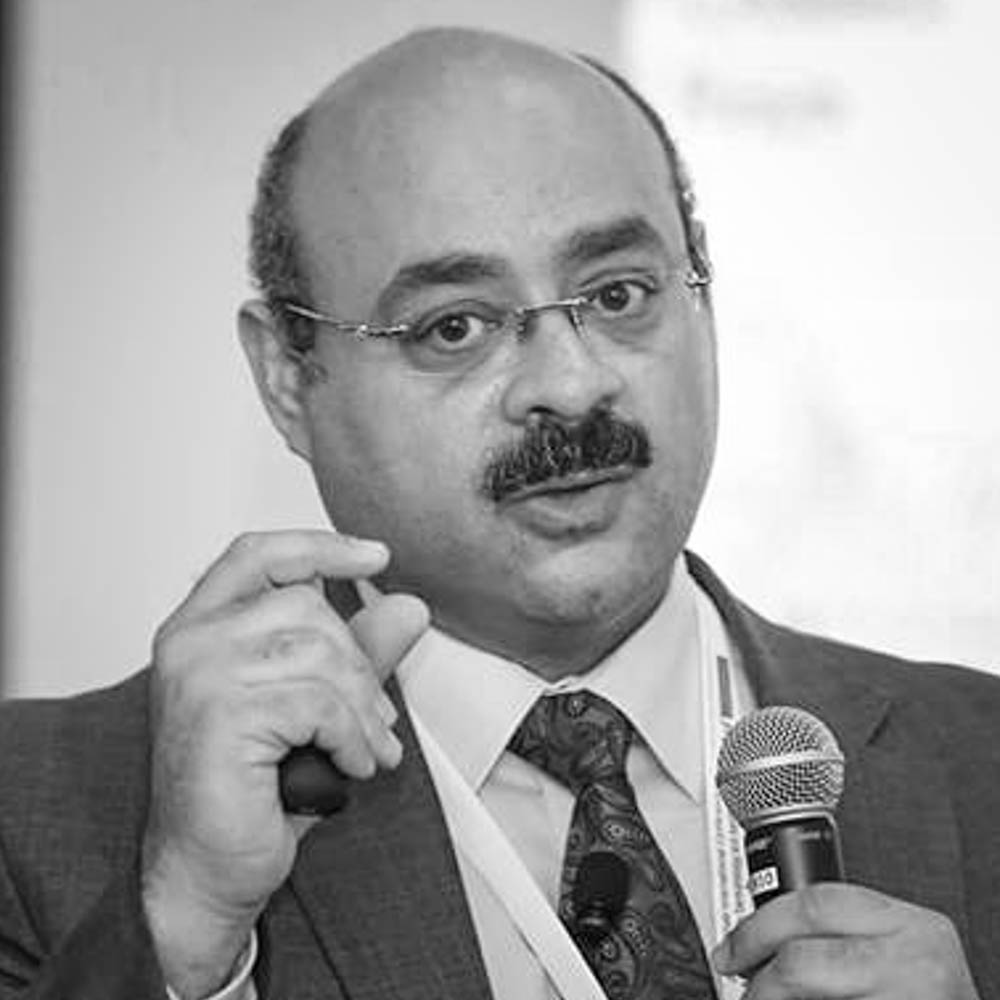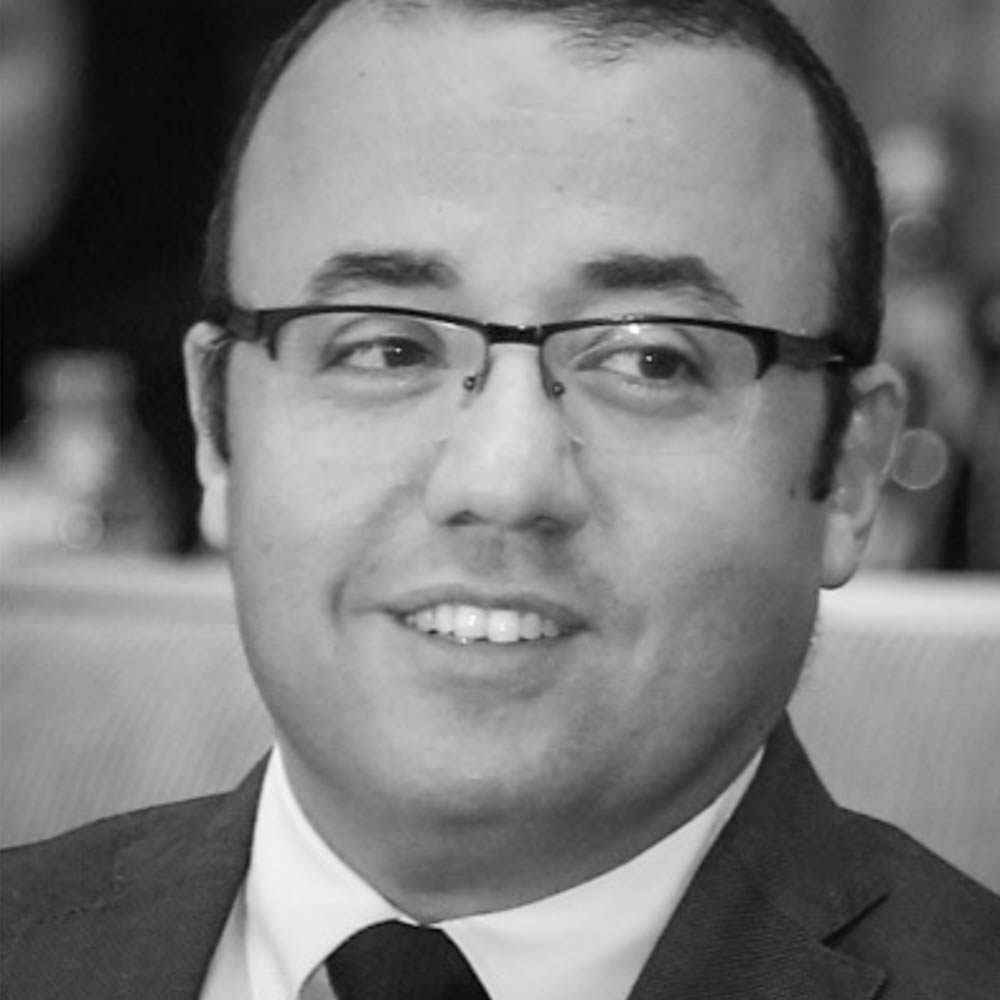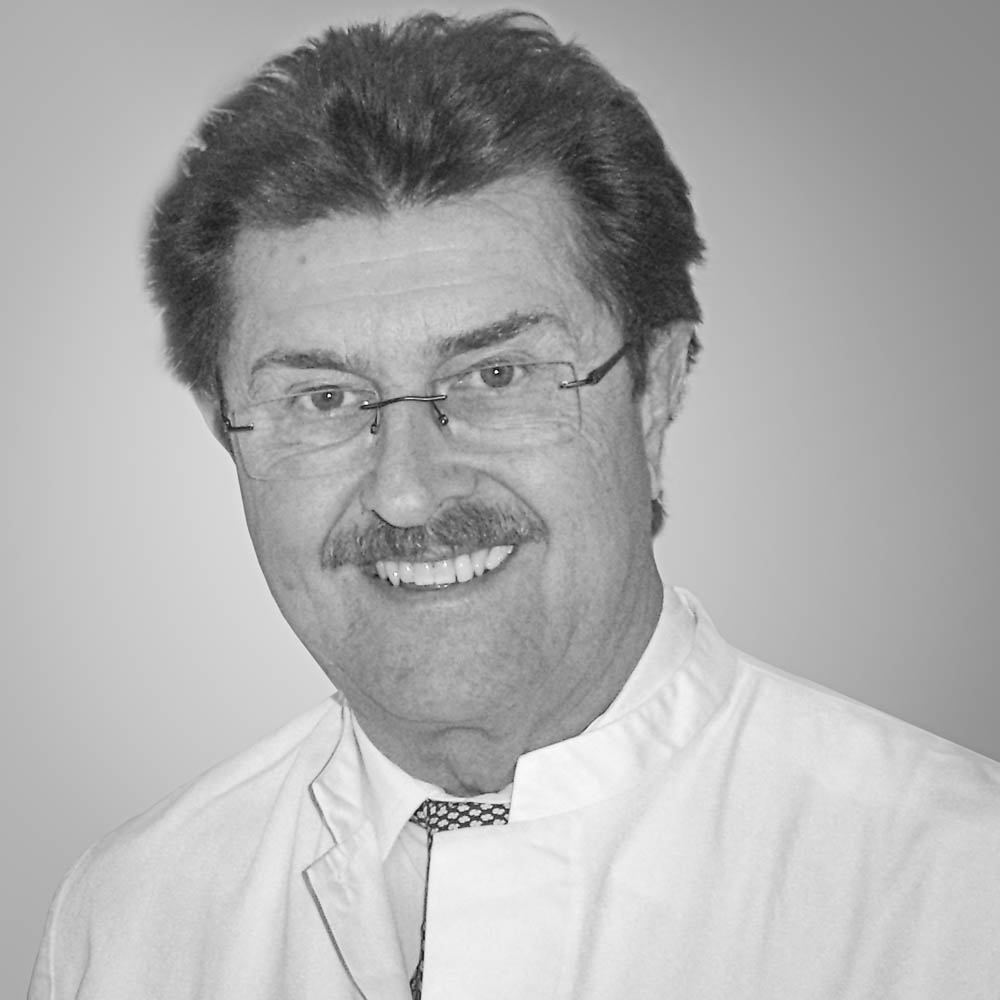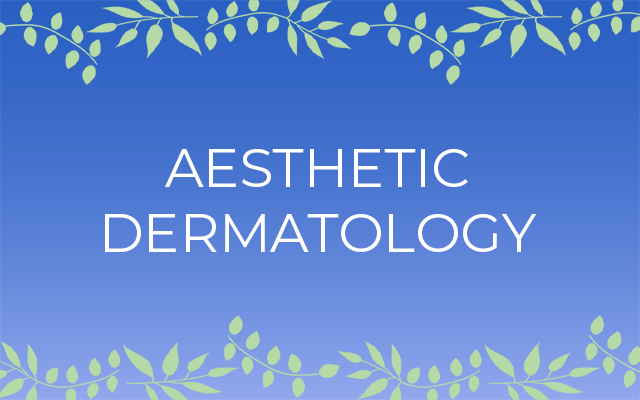Laser applications in the medical field are still considered a growing and interesting field for practitioners all over the world. In many cases the laser applications are driven by strong marketing and attracts practitioners with the promise of making more money. Sometimes the scientific evidence is lacking and this leads to a bad reputation of the whole industry and individuals associated with it. During the lecture, the most recent trends in the field of laser applications in aesthetic Dermatology will be reviewed and criticized. Moreover, important clinical updates and tips to deal with challenges will be also discussed.
Scar Management: What to do & when?
A scar is the physiological endpoint of wound repair. Formation of a scar is governed by many intrinsic and extrinsic factors and successful management requires proper interpretation of the differences between ideal scarless healing that occurs in fetal skin and adult oral mucosa and traditional adult scaring cutaneous wound healing which goes through 4 classic phases.
Early intervention even before surgical incision is today considered the golden cornerstone in management of scars. Pre-and intra operative measures play a crucial role in the scar outcome. Maintained therapeutic intervention throughout the healing process will help achieve the best results but the choice of the treatment modality and when and for how long it shall be used is always the question physicians must deal with.
This lecture will highlight the current evidence-based medicine regarding this issue focusing on laser treatment modalities for prevention and treatment and how to tailor an individualized treatment plan for each single type of scar.
What’s new in laser & energy-based devices (EBDs) – Body and skin tightening
Due to their high efficacy and safety, different technologies of heating or cooling biological tissue are broadly used in the dermatological field for various aesthetic applications, including skin tightening, skin lifting, body contouring and cellulite reduction. Such technologies include radiofrequency, fat freezing, lasers and high intensity ultrasound. All of them are used as a single technology or in combination, in order to achieve sufficient effects on the fat cells and the dermis.
For example, based on the simultaneous delivery of monopolar radiofrequency and ultrasound energy through a single handpiece, the monopolar radiofrequency reduces fat cells. The applicator tip is continuously cooled throughout the treatment to protect the skin and allows effective heating of the subdermal fat layers. Re-shaping and volume reduction are achieved through targeted energy absorption and subsequent initiation of lipolytic processes and collagen remodeling. This is improved by simultaneously combining shock waves.
Moreover, High Intensity Focused Ultrasound (Hifu) is now also available, allowing penetration as deep as 13 mm using a modified ultrasound called macro-focused ultrasound. This results in tiny and numerous coagulations in the fat layer, which can be shrunken and reduced in volume, leading to a circumference reduction and a tightening effect.
This lecture will present the currently used and new technologies, focusing also on their differential indications and complications.


Ashraf Badawi
(Oakville, Canada)


Ahmed Sadek
(Cairo, Egypt)


Klaus Fritz
(Landau, Germany)


